Keep Workers Safe This Fall : The change of seasons brings unique hazards in the workplace. As the days get shorter and colder, safety managers must take proactive steps to keep workers safe this fall.
- Keep Workers Safe This Fall
- 1. Prepare for Slips, Trips, and Falls
- 2. Improve Lighting as Days Get Shorter
- 3. Address Cold Stress Early
- 4. Conduct Seasonal Equipment Inspections
- 5. Update Emergency Preparedness Plans
- 6. Promote Respiratory Protection
- 7. Manage Driving and Transportation Risks
- 8. Encourage Flu Prevention Programs
- 9. Provide Adequate Fall Protection
- 10. Emphasize Mental Health Support
- Conclusion
Keep Workers Safe This Fall
1. Prepare for Slips, Trips, and Falls
Autumn leaves and early frost create slippery walking surfaces. Employers should ensure walkways, parking lots, and entry points are regularly cleared and salted when necessary.
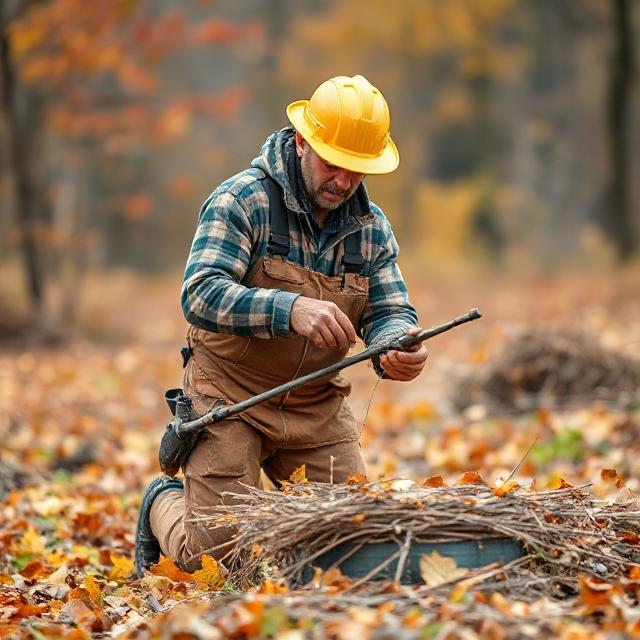
Workers should wear slip-resistant footwear, and facilities should be equipped with absorbent mats to prevent indoor hazards.
2. Improve Lighting as Days Get Shorter
Darker mornings and evenings reduce visibility and increase accident risks. Upgrading to LED floodlights and motion sensors on outdoor sites ensures workers can see clearly during dusk and dawn.
OSHA highlights proper illumination as a key factor in preventing workplace incidents (OSHA Lighting Standards).
3. Address Cold Stress Early
Fall is the transitional season when workers first encounter cold stress. Employers should train staff to recognize early signs of hypothermia, frostbite, and cold-related fatigue.
Providing layered PPE and heated break areas can significantly keep workers safe this fall.
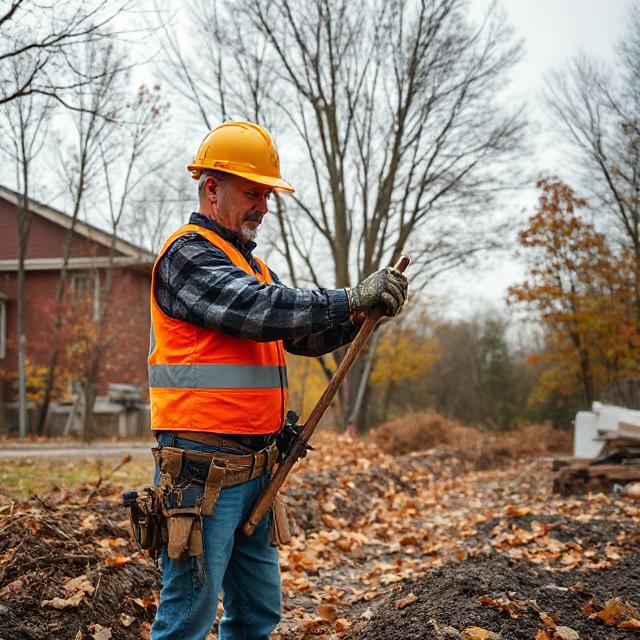
4. Conduct Seasonal Equipment Inspections
From forklifts to heating systems, fall is the time for preventive maintenance. Equipment checks help avoid costly breakdowns during peak winter operations.
Oil and gas facilities, construction sites, and warehouses must verify that ventilation, heating, and safety systems are fully functional.
5. Update Emergency Preparedness Plans
Severe autumn storms, high winds, and power outages can disrupt operations. Reviewing and practicing emergency evacuation plans ensures workers know their roles in emergencies.
Resources such as HSE UK provide valuable guidance on seasonal risk planning.
6. Promote Respiratory Protection
Fall brings increased dust, mold, and allergens, especially in agriculture, construction, and manufacturing.
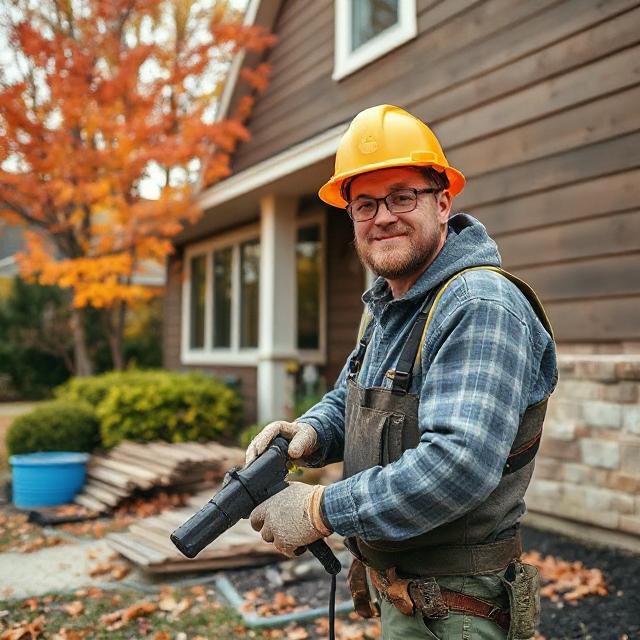
Employers should reinforce proper use of respirators and air filters, ensuring they meet industry standards. Workers with asthma or respiratory conditions require special attention during this season.
7. Manage Driving and Transportation Risks
Fog, wet leaves, and wildlife crossings are common in autumn.
Fleet drivers and commuting workers need defensive driving training and reminders about seasonal hazards.
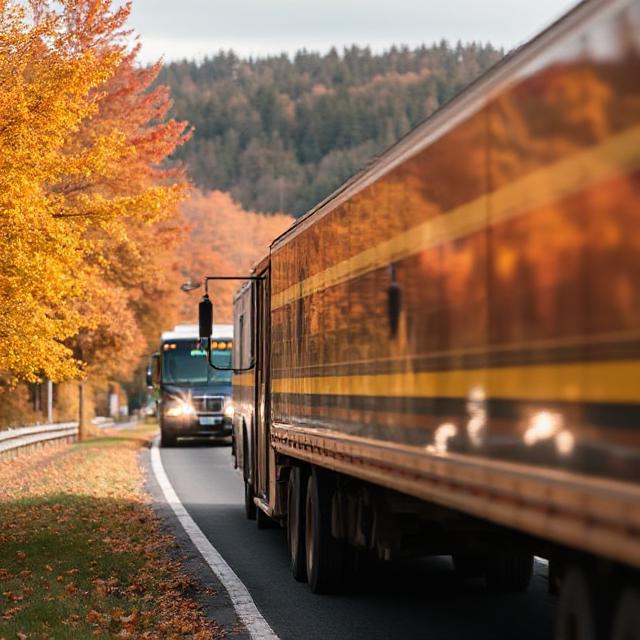
Companies should check vehicle tires, brakes, and emergency kits before winter arrives.
8. Encourage Flu Prevention Programs
Fall coincides with the start of flu season, which can significantly impact workforce productivity.
Employers should promote vaccinations, provide hand sanitizers, and encourage sick employees to stay home. The CDC Flu Guidance offers reliable prevention strategies.
9. Provide Adequate Fall Protection
Many organizations schedule roof and gutter maintenance in autumn. Workers must use fall arrest systems, guardrails, and ladders that meet safety standards.
Remind crews that fall protection isn’t just a seasonal requirement—it’s a year-round lifesaver.
10. Emphasize Mental Health Support
The shift into fall can trigger seasonal affective disorder (SAD) and stress among employees.
Companies should highlight Employee Assistance Programs (EAPs), offer mental health resources, and encourage open conversations about well-being. Psychological safety is just as critical as physical safety.
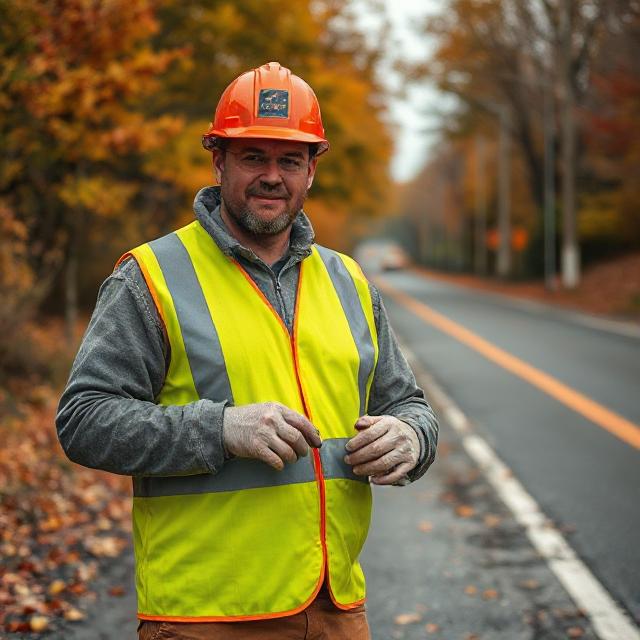
Conclusion
To truly keep workers safe this fall, employers must go beyond compliance and foster a proactive safety culture.
By addressing seasonal hazards—slips, poor lighting, cold stress, flu risks, and mental health—companies not only prevent accidents but also show their commitment to employee well-being.
Safety in the fall season is about preparation, vigilance, and care. And when workplaces get it right, everyone goes home safe.

No comments yet